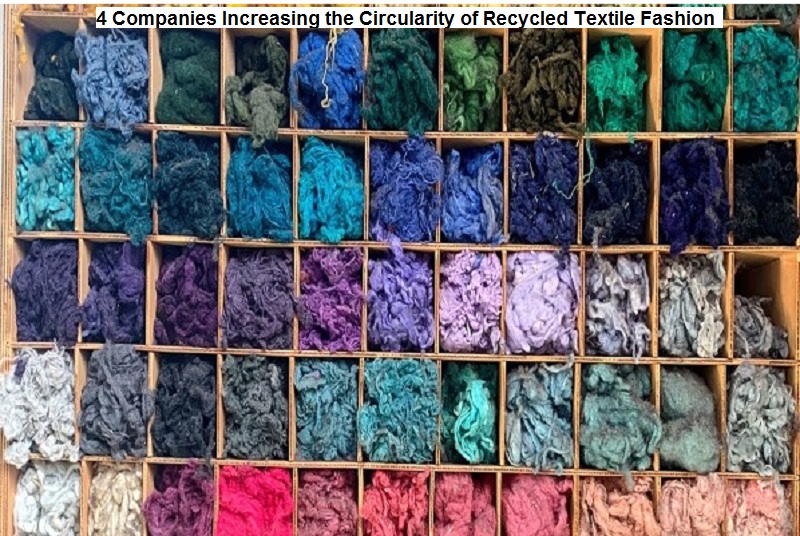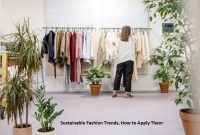Recycled textile fashion plays a pivotal role in fostering a circular textile economy, addressing multiple environmental and sustainability issues. Its significance lies in its ability to divert garments away from landfills.
Notorious contributors to the problem of waste colonialism. Additionally, this effectively reduces the demand for virgin fibers and allows us to preserve the inherent value of clothing.
This can prevent it from being thrown away as waste. For example of a thriving mechanical textile recycling system, one need not look further than the historic city of Prato in Tuscany, Italy.
Furthermore, Prato has been at the forefront of mechanical textile recycling for centuries. Therefore, used clothing bales from all corners of the globe arrive in Prato, where they undergo a meticulous manual sorting process based on color and fabric type.
Next, this textile undergoes a mechanical recycling process, resulting in fine fibers. Then through a spinning and weaving process, it becomes high-quality recycled fabric. Astonishingly, Prato successfully recycles an impressive 25 tonnes of clothing daily.

Companies Increasing Recycled Textile Fashion
As the textile recycling industry continues to evolve, a rich tapestry of initiatives and businesses has emerged to bridge the gaps in this rapidly expanding circular economy.
Besides that, for those eager to delve deeper into the intricate world of textile recycling and explore the diverse approaches driving change in this industry, a curated list of noteworthy recycling companies and initiatives beckons.
1. FabScrap
FabScrap offers a comprehensive service encompassing the collection and sorting of discarded pre-consumer textile waste from throughout New York. Then, it actively engages local creative communities in a range of practices, including reuse, upcycling, downcycling, and recycling.
Reported from the YouTube channel NowThis Earth, FABSCRAP gives designers and brands a place to recycle fabric scraps, offcuts, headers, mockups, samples, excess stock bolts, production scraps, and other unwanted excess fabrics that may arise during the manufacturing and production process. This method is done to reduce the problem of waste and waste that is currently facing the world. waste will not be waste, but can be reprocessed into products that can be useful.
2. Circulose
Circulose presents an innovative solution rooted in the biodegradable organic polymer known as cellulose, which forms the basis of cotton, trees, and all green plants on Earth. This company’s recycled textile fashion employs a mechanical recycling process that transforms old garments into sheets of circular cellulose, which can then be fashioned into natural textile fibers.
3. Econyl
Conceived by Aquafil, Econyl represents regenerated nylon, an infinitely recyclable material. This material comes from recycled nylon waste, including industrial plastics, used fabrics, and fishing nets that people leave behind.
The waste is diligently collected, cleaned, and shredded, followed by depolymerization to extract nylon. The nylon will then go through the polymerization stage and change it into yarn, which eventually re-enters the market as a textile product.
4. Renewcell
Renewcell harnesses the power of chemical recycling technology to dissolve used cotton and other natural fibers. Converting them into a new, biodegradable raw material called renew cell pulp. Then, we can easily convert this pulp into textile fiber, and we can integrate it seamlessly into the textile production cycle.
Recycled textile fashion serves as a beacon of hope in the journey toward a more sustainable and circular textile economy. It not only addresses environmental challenges but also propels the fashion industry toward a brighter, more eco-conscious future.



